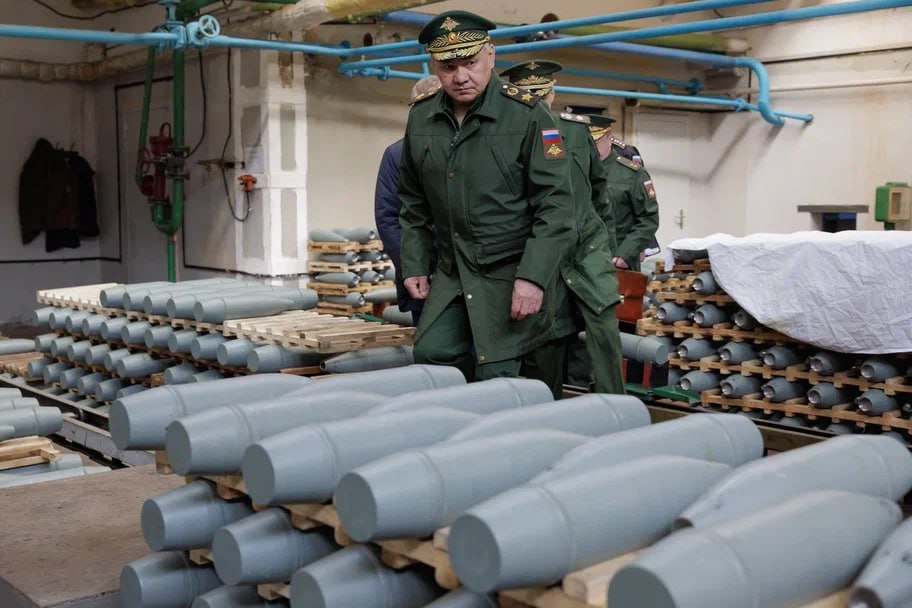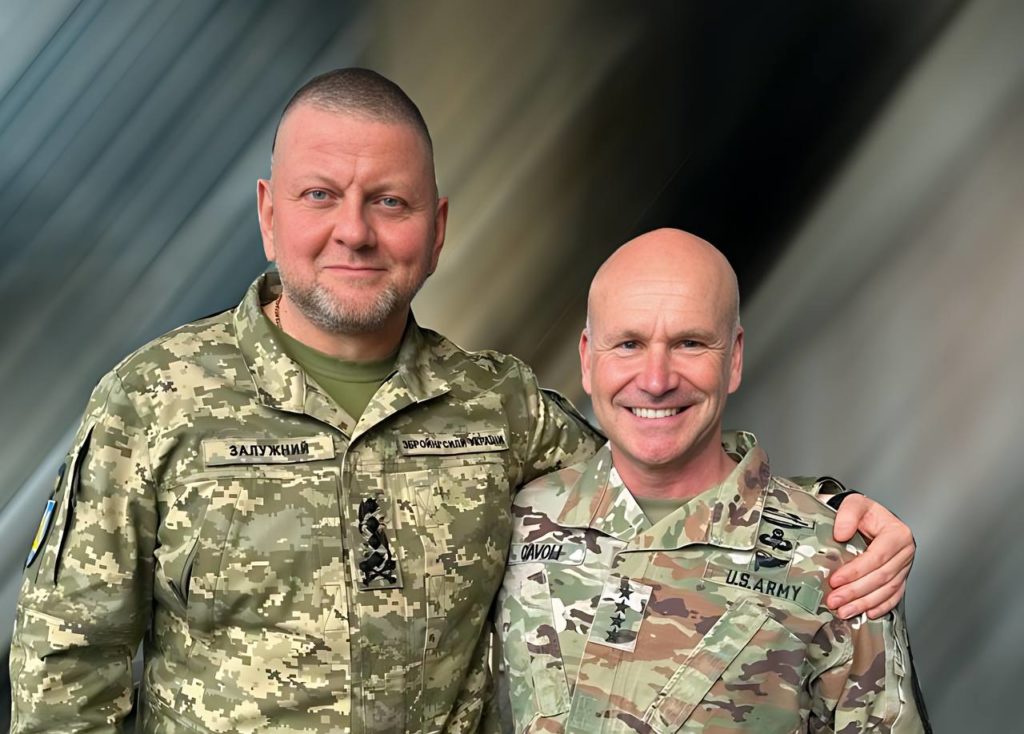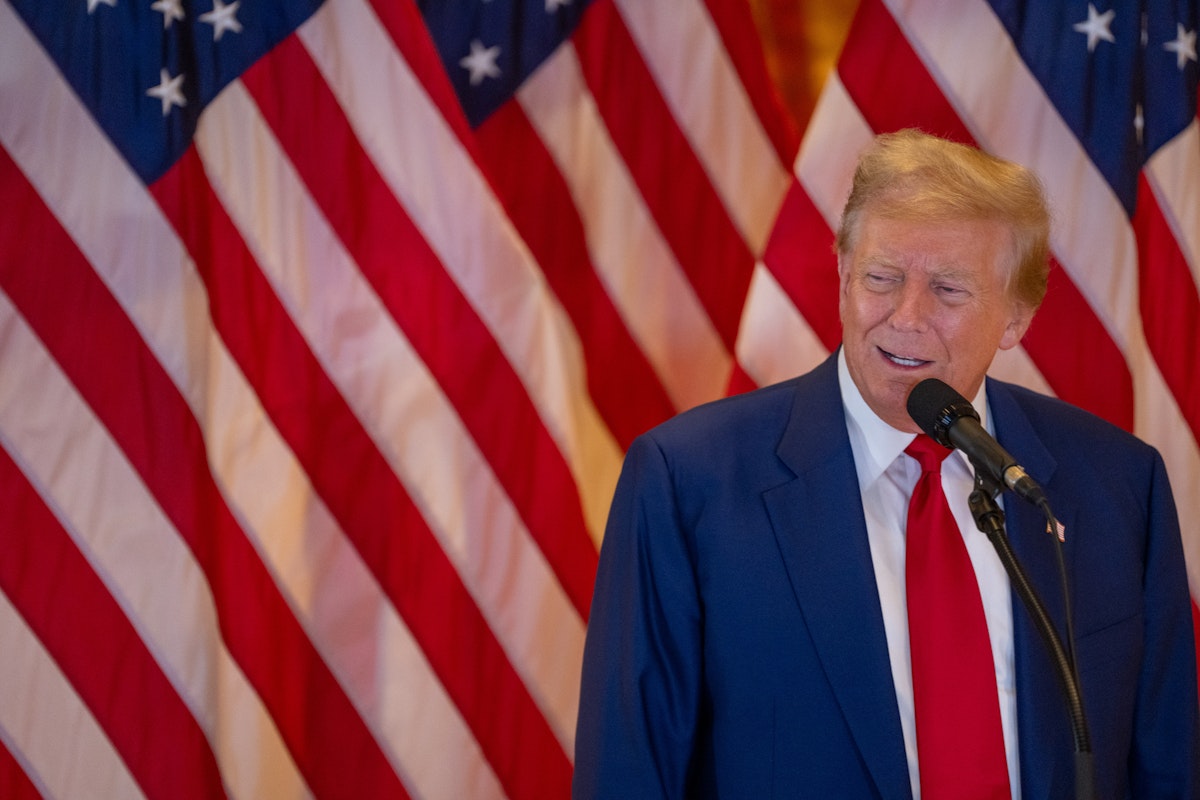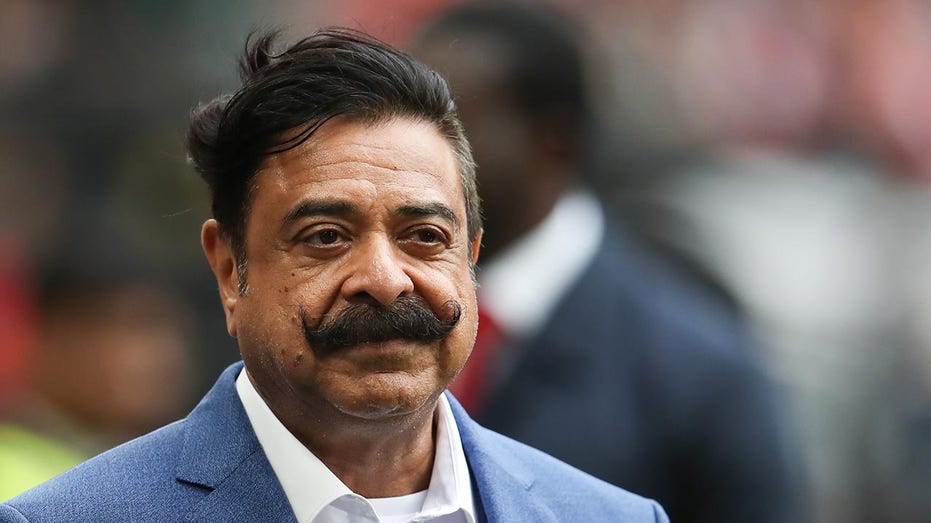Sobering update from NATO: Russia’s military now larger and more capable post-invasion
Russia has become a learning organization that little resembles the chaotic force that invaded Ukraine two years ago, Gen. Cavoli argues.


In a sobering assessment before the US Congress, NATO’s Supreme Allied Commander Europe Gen. Christopher Cavoli laid bare Russia’s ability to absorb staggering losses in Ukraine while rapidly replenishing and even expanding its military capabilities.
“The army is actually now larger – by 15% – than it was when it invaded Ukraine. Over the past year, Russia increased its frontline troop strength from 360,000 to 470,000,” Cavolistated. “Russia has also raised the upper conscription age limit from 27 to 30, increasing the pool of available military conscripts by 2 million for years to come.”
While Russia has suffered tremendously among its ground forces – over 2,000 tanks and 315,000 soldiers killed or wounded – Cavoli said Moscow is reconstituting those forces at an alarming pace that has outstripped initial NATO estimates.
Estimated Russian losses as of day 779 of Russia's full-scale invasion of Ukraine, according to the General Staff of the Ukrainian Army. pic.twitter.com/teiTQTgYHL
— Euromaidan Press (@EuromaidanPress) April 12, 2024
“Russia is reconstituting that force far faster than our initial estimates suggested,” the NATO commander said.
“Perhaps most concerning, the Russian military in the past year has shown an accelerating ability to learn and adapt to battlefield challenges both tactically and technologically, and has become a learning organization that little resembles the chaotic force that invaded Ukraine two years ago.”
Unscathed military capabilities of Russia
Crucially, Cavoli assessed that Russia’s strategic nuclear forces, long-range aviation, cyber, space, and electronic warfare capabilities have remained unscathed by the invasion of Ukraine.
“Russia’s nuclear forces have been unaffected by the conflict, and Russia retains the largest arsenal of deployed and non-deployed nuclear weapons in the world. These continue to present an existential threat to the US homeland, our Allies, and our partners,” he said. “Moreover, during this conflict, Russia’s strategic forces, long-range aviation, cyber capabilities, space capabilities, and capabilities in the electromagnetic spectrum have lost no capacity at all.“
While Ukraine has inflicted punishing losses with Western military aid, Russia’s military-industrial base appears to be kicking into higher gear to replenish depleted stocks at a concerning rate.
“Russia is on track to produce or refurbish over 1,200 new main battle tanks a year, and to manufacture at least 3 million artillery shells or rockets per year – over triple the amount the US estimated at the beginning of the war – and more ammunition than all 32 NATO Allied combined,” Cavoli warned.
In 2023, Ukraine’s defense sector managed to increase ammunition production tenfold compared to 2022. Specifically, the production included 152-mm artillery shells and 120-mm mortar shells, which began in September 2022. By the end of 2022, the production capacity reached more than 1,000 rounds per month (12,000 rounds per year).
Despite this significant increase, the production is not sufficient to meet the intense demands of the war. Ukraine’s artillery needs are quite substantial, with estimates in March 2023 suggesting the need for about 11,800 shells per day (approximately 354,000 a month or 4.2 million a year) to utilize its artillery systems fully. However, the actual usage was far lower, with Ukrainian forces able to fire no more than 2,000 155mm shells per day in early 2024.
Russia is taking steps to significantly expand the overall size of its military in the coming years beyond just replenishing losses from Ukraine.
Gen. Cavoli revealed that Russia has announced plans for “an ambitious ground forces restructure, increasing to 1.5 million personnel with an expanded footprint.” This includes transforming seven motorized rifle brigades into divisions and forming a new army corps.
Alarmingly, some of these new larger formations are intended to be based in Russian-occupied areas of Ukraine and the Karelia region opposite Finland.
“Russia plans to base some of these new formations in Russian-occupied areas of Ukraine, as well as Karelia in the High North, opposite Finland,” Cavoli told lawmakers.
Russia is evading sanctions and investing in advanced weapons
Cavoli added that Russia is offsetting components lost to sanctions through “evasion and import substitution strategies” and continuing to invest heavily in advanced weapons like hypersonic missiles, nuclear-powered cruise missiles, and anti-satellite capabilities.
“Russia continues to modernize its nuclear forces, and continues to pursue efforts to develop nuclear-capable intercontinental ballistic missile systems, nuclear-armed hypersonic boost glide vehicles, nuclear-powered cruise missiles, nuclear-powered underwater drones, anti-satellite weapons, and orbital nuclear weapons.”
The sanctions have significantly reduced Russia’s access to essential components like advanced semiconductors, which are crucial for their military hardware. In response, Russia has developed smuggling networks to circumvent these sanctions and secure necessary components from third countries. These efforts include importing critical technologies disguised as civilian imports from countries not participating in the sanctions and even leveraging post-Soviet states like Armenia and Kazakhstan as conduits for these imports.
Defense expert: Ukraine aid ramps up fast despite western bureaucracy, isn’t “drip-feeding”
Despite these challenges, Russia continues to invest in advanced military technologies. They have been working on missiles like the Zircon hypersonic missile, which has been used in recent military actions against Ukraine. Furthermore, Russia’s attempts at increasing missile production reflect a strategic emphasis on maintaining a robust military capability despite the sanctions.
“Russia continues to display a resilient economy and an ability to withstand sanctions and export controls. Russia is on track to spend 6% of its GDP on the military, with defense spending exceeding social spending for the first time since the end of the Soviet Union,” Cavoli said.
He noted the International Monetary Fund had to revise its 2023 forecast for Russia’s GDP from an initially predicted 2.1% drop to instead growing by 3%, “primarily due to heavy investments in defense.”
Potential for escalation into a wider war and the necessity to support Ukraine
Cavoli emphasized that while Ukraine cannot sustain the fight alone, continued US leadership through military aid is “essential for enabling Ukraine to defend its sovereignty and preserving stability, security, and democracy throughout Europe and beyond.”
He stressed that Russia’s failure in Ukraine must not lead to complacency, as Moscow has transformed the conflict into a broader assault on the US-led international order.
“Russia is waging a full-scale war in Europe and shows no signs of stopping. This presents the real potential for escalation into a wider war and is cause for significant strategic concern to the United States,” Cavoli stated.
In addition to Ukraine itself, Russia is actively working to undermine stability in other regions that have serious implications for European security, according to Cavoli. He highlighted Moscow’s malign influence activities in the Balkans aimed at “inciting tension” and preventing nations from deepening ties to the EU and NATO.
“Russia’s activities to foment the tension between ethnic Bosniaks, Serbs, and Croats aim to weaken the country and prevent deepened ties with the EU and NATO. Bosnia and Herzegovina’s Serb-majority entity, Republika Srpska, seeks to weaken state authorities and weaken relationships with the EU and NATO while maintaining close ties to Russia,” the NATO commander stated.

With Russia pouring resources into rebuilding its conventional and strategic capabilities, Cavoli made clear that reinforcing the NATO alliance’s deterrence is vital for long-term peace and stability in Europe.
“When we view Russia’s illegal and brutal invasion of Ukraine together with Russia’s rapid military reconstitution; Russia’s deepening ties with the People’s Republic of China, Islamic Republic of Iran, and the Democratic People’s Republic of Korea; and Russia’s persistent efforts to undermine allied cohesion, US global influence, and Western values, we find a chronic and growing threat to American interests and to the security of our NATO Allies.”
Cavoli warned against underestimating a Russia that has demonstrated its willingness to use force to overturn the regional order.
“Failure to assist Ukraine poses a grave threat to its survival. Inaction will embolden Russia and establish a precedent that threatens the global security environment.”
Related:
- Ukraine’s air defense capabilities and the potential for more devastating attacks on critical infrastructure
- ISW: Delayed US military supplies impact the Ukrainian forces’ capabilities to respond to Russian mechanized assaults
- Denmark provides $13.2 million to enhance Ukraine cyber capabilities against Russia
- ISW: Western air defense supplies remain crucial for Ukraine as Russia adapting to current capabilities
- British Intel: Russia increases combat capability of the Russian National Guard
- Russia’s capabilities Archives On 19 December, British Prime Minister Rishi Sunak said that the West should work to degrade “Russia’s capability
You could close this page. Or you could join our community and help us produce more materials like this.
We keep our reporting open and accessible to everyone because we believe in the power of free information. This is why our small, cost-effective team depends on the support of readers like you to bring deliver timely news, quality analysis, and on-the-ground reports about Russia's war against Ukraine and Ukraine's struggle to build a democratic society.
A little bit goes a long way: for as little as the cost of one cup of coffee a month, you can help build bridges between Ukraine and the rest of the world, plus become a co-creator and vote for topics we should cover next. Become a patron or see other ways to support.



